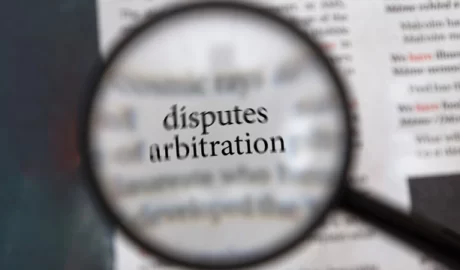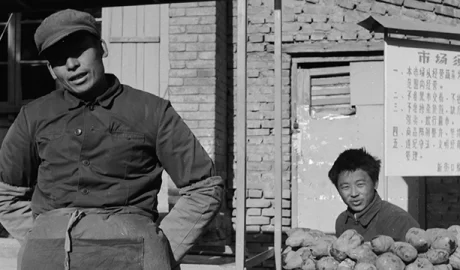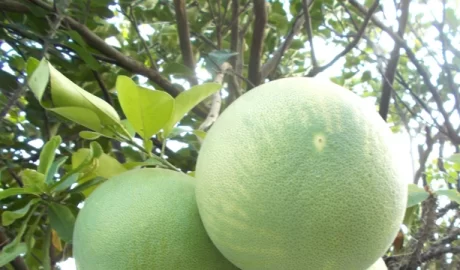Determining Damages in Trade Secret Cases
Image: Mohamed Mahmoud Hassan, Installment, Car, Bank, Percentage
(Publicomainpictures.net)
Judicial protection of intellectual property (“IP”) rights in China has been perceived to be limited because, among other problems, the amounts of damages awarded by Chinese courts in IP infringement cases have historically been small. However, this state of affairs may be changing, as China’s Supreme People’s Court (“SPC”) rendered a landmark judgment in a case involving large-scale infringement of trade secrets, allowing the victims to receive an amount equivalent to almost USD 90 million as compensation. As analyzed by Nathan Harpainter and David Zhao, Co-Managing Editors of SINOTALKS®, the innovative approach taken by the SPC to calculate the damages in the landmark case is essentially based on the concept of “unjust enrichment”. The steps followed by the SPC to do the calculation are helpful but inadequate. To help China develop its jurisprudence in this important area, the two co-authors discuss related U.S. experiences.Read this article






















